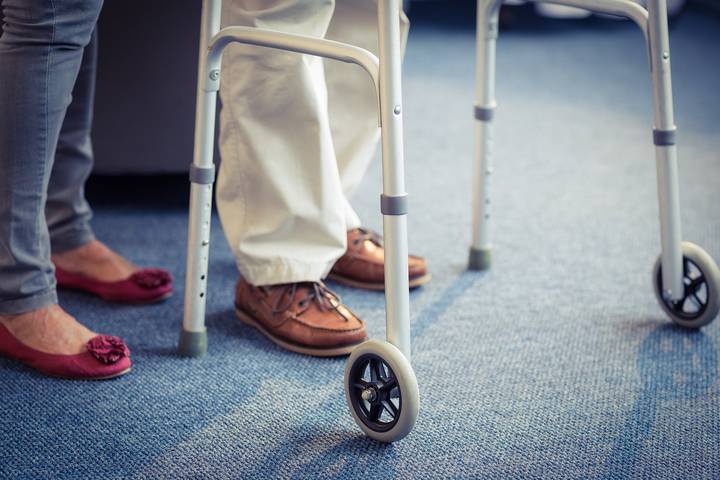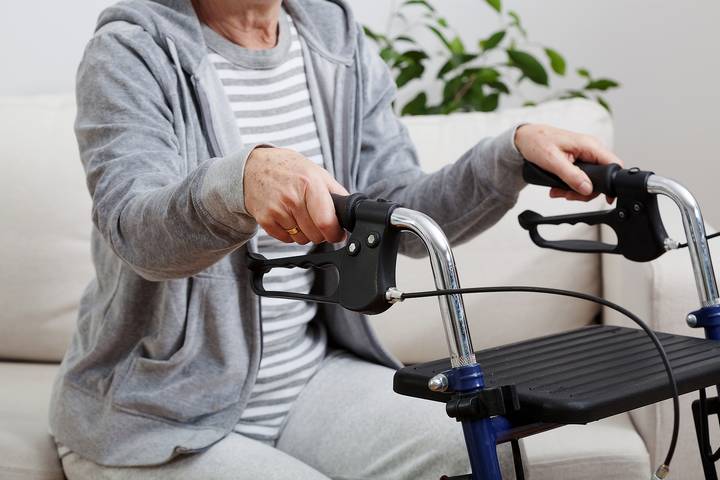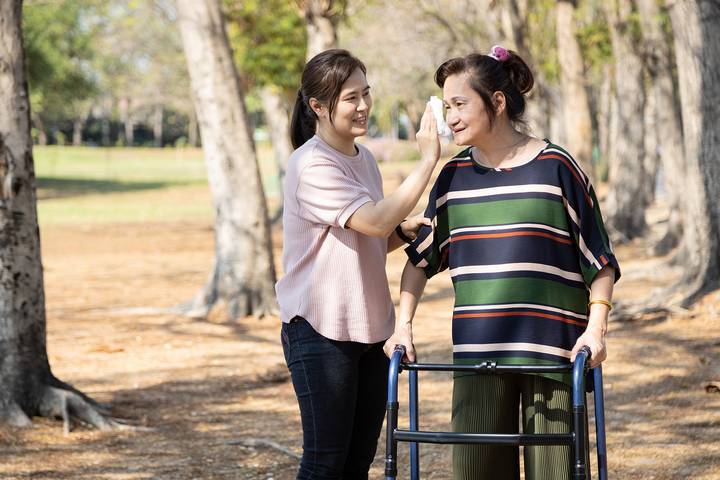
8 Different Types of Walkers and Their Characteristics
As we age, mobility can become a challenge. It has been said that if a person over 80 falls and breaks a bone, they will likely use a cane for the rest of their days. If they already use a cane, a walker will be required. For those in a walker, the next step is a wheelchair, and this would severely restrict your movement and lifestyle.
While walkers may be necessary because of a lasting injury, they also provide much-needed support for movement because of their wider base and, in turn, help to prevent falls and the resulting injury.
These are the types of walkers to choose from. Although you may see it as a barrier or hindrance to an active lifestyle, a walker enhances your life and keeps you mobile regardless of whether it is a temporary assistive device or a permanent mobility aid for the long haul.
Are you interested in getting a walker but unsure what options there are? These are the types of walkers you can get.
Type #1: Standard Walkers

This is also called a pickup walker, and it has a basic design that provides great stability. To use it, you pick it up, advance it forward, and then step towards it. It has four legs with rubber tips so it doesn’t slip, and no wheels are attached.
The disadvantage of this walker is that you have to pick it up with each step, and it can truncate your walk and slow down your gate.
Type #2: Rolling Walkers

Rolling walkers, also called rollators, give support and steadiness for people who struggle with walking or keeping their balance. These handy mobility aids come with wheels, making it simple for users to move around smoothly. They typically have a built-in seat and storage compartments so users can rest and carry their items while on the move.
These walkers offer many benefits for those needing help with mobility. They let users stay active by boosting their confidence and self-reliance while walking outside or moving through busy areas.
Rolling walkers also give physical support, encouraging good posture and lowering the chance of falls and injuries. Plus, using one can enhance overall stamina, as they allow people to walk longer distances without getting too tired.
Type #3: Two Wheeled Walkers

As the name describes, this walker will have two wheels attached to the front legs. This allows the user to not have to pick up the walker to move forward but rather tip up the back and roll the wheels.
You can still bear your weight on it without fear of it moving, and you can stand fully upright for improved posture.
Type #4: Three Wheeled Walkers

A three-wheeled walker is considered a rollator because all legs have wheels. The three legs are positioned with two wheels in the back and one in the front, allowing easier movement in tighter spaces. You need to keep the walker inside more to stand up straight, but they are light and simple to maneuver.
Type #5: Four Wheeled Walkers

This is another rollator, with all four legs having wheels, providing a solid connection to the ground and better for those with stability issues. You can get a type 2 walker with smaller wheels indoors, and a type 3 walker with larger wheels outdoors, and the walker can be folded away for storage or taken in the car.
Some four-wheel rotators also come with an inverted seat, so if the person using it has endurance issues, they can use it for resting. There are other attachments like baskets and trays to carry personal items or shopping purchases, and most will have brakes attached for safety.
Type #6: Knee Walkers

A knee walker is another mobility device useful for those with knee and ankle injuries. It is like a scooter you can rest your leg on by kneeling and pushing yourself forward with four wheels and a handlebar to steer the front wheels. This is great for gaining mobility while providing weight-bearing relief.
Type #7: Upright Walkers

This type of walker goes by several names, including:
- Gutter frame
- Podium
- Platform
- Pulpit
These all refer to an orientation that keeps your body upright and standing, giving you even more mobility. There are supports for your forearms to rest on with elbows fixed at a 90-degree angle, and they also have four wheels to make moving around easier.
Type #8: Custom Walkers

Choosing the right walker style is the beginning because you also want comfort and convenience. Firstly, it is essential to fit your walker to your body size for maximum comfort. To achieve the optimal position, ensure your arms are comfortable without putting unnecessary stress on your back. Your elbows should be at an angle of around 15 degrees when gripping the handles.
Taking wrist height into account is also vital. While standing inside your walker, relax your arms to your sides and check how your wrists line up with the top grip. Ideally, this should match the crease in your inside wrist for the best alignment.
Pay attention to the grip itself, as it should be comfortable for your hands. Although most walkers come with standard plastic grips, you can opt for bigger or softer ones to alleviate joint stress in your hands.
As you move, maintain an upright posture and step into the walker without pushing it too far ahead. Lastly, make sure to select a walker that matches your weight, as they come with different weight ratings to provide adequate support.





